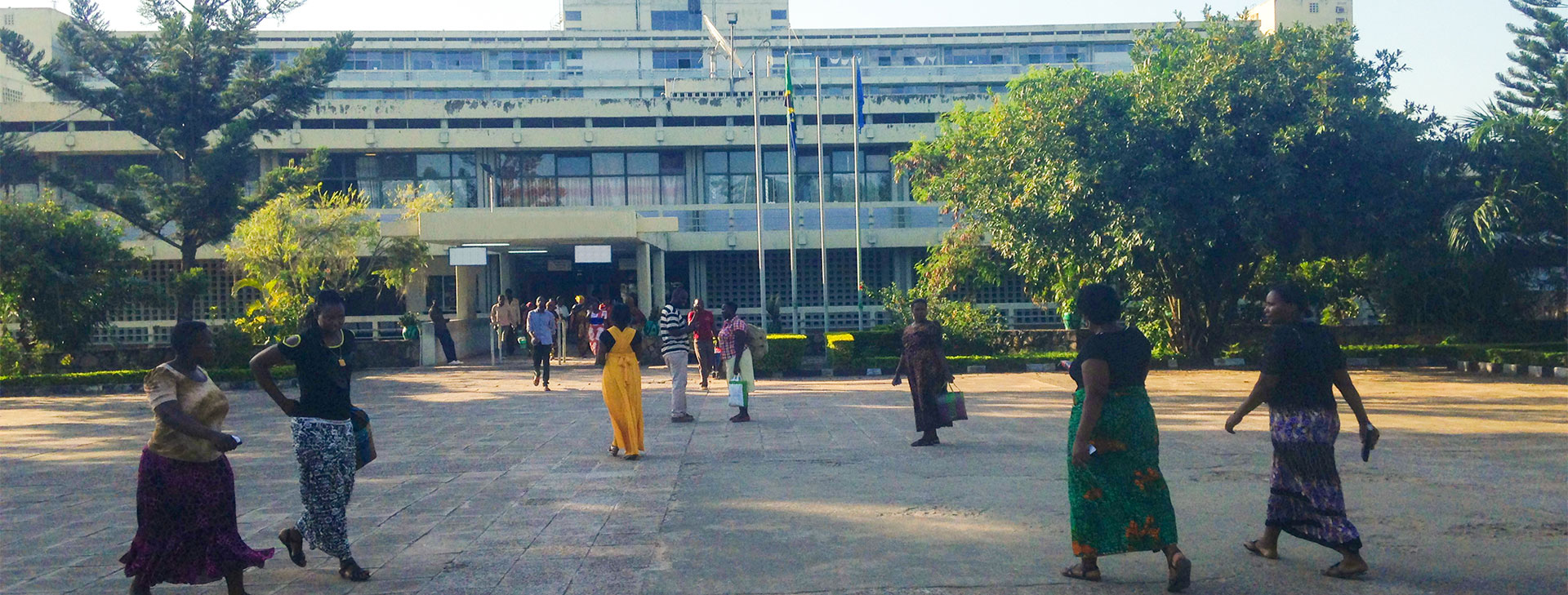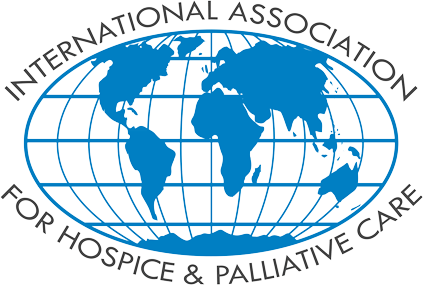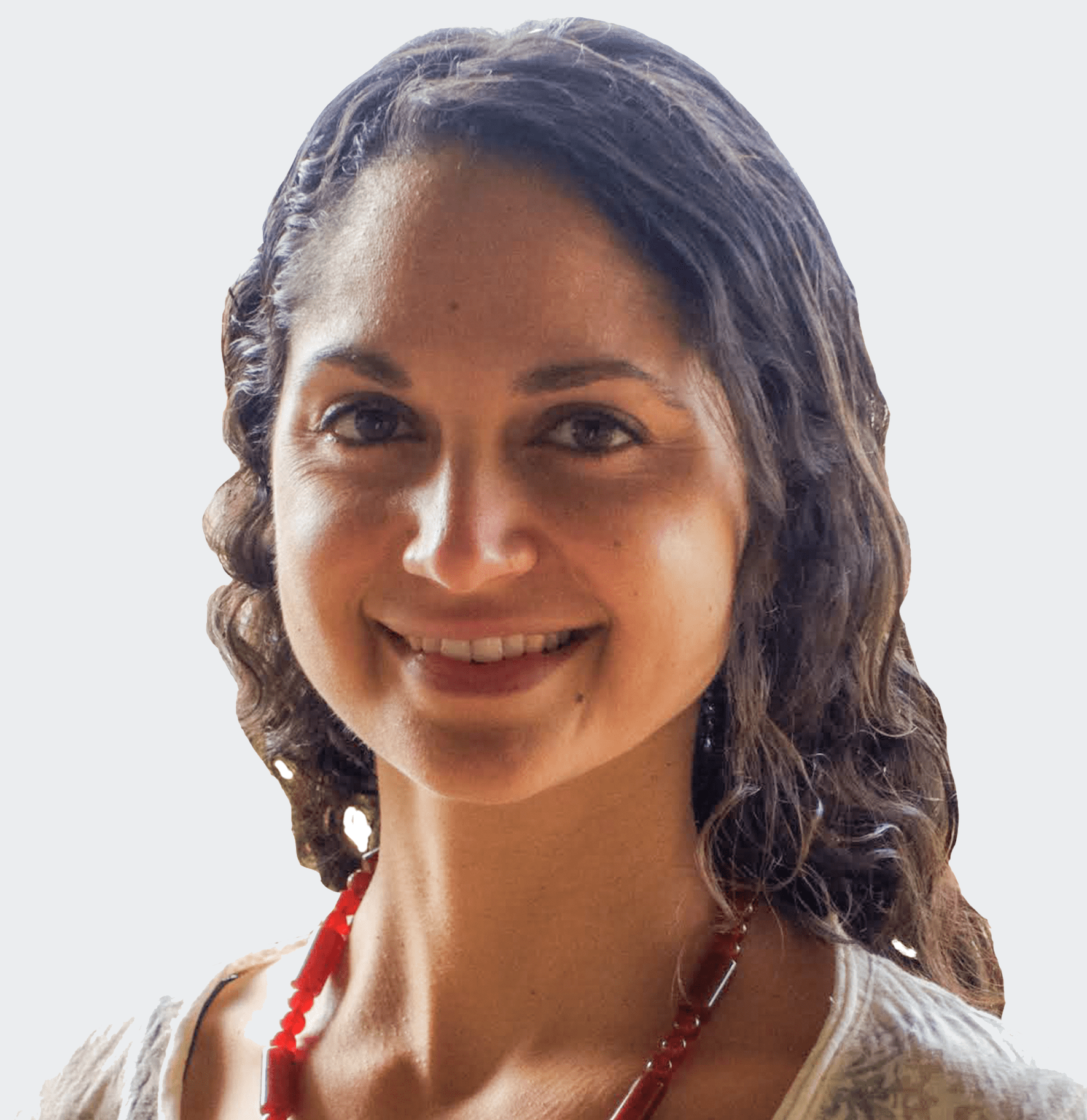
Student Reflections
Dr. Bahar Emily Esmaili is a practicing pediatrician and graduate student in the Duke Initiative for Science & Society’s Master in Bioethics & Science Policy program.Finding Hope in Pediatric Palliative Care in Africa
In the developing world Dr. Emily Esmaili regularly confronts end-of-life situations where policies and guidelines are undefined and no board of ethics exists to influence difficult decisions. While choosing a capstone project placement, her passion for pediatric palliative care guided her to an understaffed and resource limited Tanzanian medical center, a place where the culture teaches you to ignore pain, superior medical treatment does not always mean lives saved, and finding hope is a multifaceted struggle.
This is a portion of her reflections from the field as she seeks to influence legislative and policy changes around the largely neglected issue of life-sustaining treatment in pediatric medicine.

The Limits of Medicine, Ethics, and Hope in African Oncology
In this Tanzanian medical center, where the hospital frequently runs out of commonly used medicines, the lab is often out of key reagents, and patients cannot afford life-saving surgeries, it almost seems inappropriate to be advocating for palliative care.
Dr. Schroeder and ICCARE (International Cancer Care and Research Excellence Foundation) have dissolved many barriers and saved multiple lives of children with cancer. ICCARE’s successes are measurable, and felt, by staff and patients alike. But even these success stories have had subtexts of preventable suffering, unheard fears and wishes, and unseen discrimination and disrespect. And for those unlucky ones that could not be helped, very little could be done.
In this setting of scarcity, poverty, and competing needs, end-of-life decisions are often, understandably, based on financial necessity, rather than ethics, morals, or cultures that glorify individual autonomy. Competing needs often leave livelihoods winning out over lives, and family or community units often win out over persons. Indeed, the spectrum of needs seem in constant battle with one another: of course we must treat cancers and infections, but what of pain and suffering?
While certain themes become immediately obvious—financial needs, poor knowledge of pain management, and strong Christian convictions—one patient story, and one staff comment, continues to haunt me.

Patient M
It is Monday morning on the Oncology ward. Our first patient is a 14 year-old girl, M, propped up in bed on her slight arms in a somewhat contorted posture. She quietly maintains eye contact, but her clenched brow screams discomfort. Her left leg is swollen to match her entire body size—skin tense and glossy, barely holding in the flesh displaced by an uncontrolled osteosarcoma.
We study an x-ray from 4 months ago, showing also a displaced femur fracture and the rest of her bone completely moth-eaten from cancerous lesions; she will need a disarticulation. Luckily, it appears she does not have metastases elsewhere in her body. But surgeons are refusing to do the surgery, fearing she is too unstable. This means she will live on this ward for several weeks until an alternative presents itself, while her hospital bill fattens and her body continues to waste.
We had moved several beds down on our ward rounds when we hear M crying out in pain, with sweat pouring down her face. The ward team seems to be ignoring this, so I follow suit. But she does not stop, and I can no longer contain myself either. I go over with our social worker and ask where her pain is. She motions to her urinary catheter, which appears to have gotten lodged under her massive leg and pulled partially out. We seek out a nurse who can help remove it, though it seems she is already aware of the issue—having gotten distracted with other tasks. Moving at a painfully slow pace, she eventually brings the needed supplies and removes the catheter. Though the entire ward now reeks of M’s urine, at least she has stopped crying out.
I am hesitant to portray such scenes from the darker recesses of the Oncology wards, fearing a theatrical reconstruction of what is daily clinical life here. However, such scenes illustrate the intricate, nuanced challenges at hand, in a way that blunt reporting of numbers and activities cannot.
It was not M’s disfiguring, cancerous leg that caused her pain. It was not that she was plunging into deeper medical bankruptcy each day, receiving neither curative nor palliative treatment. It was not that her 17 year-old sister was her only caregiver and company. But, it was poor basic nursing care that finally caused her to cry out. Such are the layers of challenge at hand when trying to deliver effective palliative care, cancer care, or simply… care, in this resource-limited ward.
Cultural Shellshock

In her book Improvising Medicine, Julie Livingston, a medical historian stationed on a cancer ward in Botswana, suggests a few theories as to why pain is not often acknowledged in the African biomedical context. Firstly, she points to the cultural valuation of stoicism, in which individuals—even children—are encouraged to bare their pain as a sign of strength. She gives the example of an African woman in labor, who will often remain completely silent through the process (and who may poke fun at the foreign woman in labor who can be heard miles away). She also suggests that there may be an element of denial at play: staff may not fully believe, or appreciate, the extent of a child’s pain.
To these very plausible explanations I will add a consideration of fatalism into the mix. That is, with their wards constantly stocked with hopelessly and helplessly sick children, and with not even Paracetamol to give in some cases, perhaps hospital staff themselves become hopeless and helpless. Perhaps they learn to numb themselves from the suffering all around, in order to carry on with their duties each day.
The Politics of Pain
Unfortunately, effective pain medication is often sparse—or entirely absent—in much of the global South, where it is needed most. Studies show that the richest 10% of the world’s population consumes the majority of the global morphine supply—despite that the majority of terminal diagnoses are situated in low-income countries. Even more unfortunately, the reasons for this are largely political.
Preliminary data from our qualitative surveys confirms that a tremendous fear of opioids persists among hospital staff, and even among administrative leaders. Fears of abuse and addiction have hindered access to morphine, which is on the WHO’s list of essential medications and a necessary ingredient of any palliative care program.
In a recent phone interview, a leading member of the Tanzanian Palliative Care Association reassured me that it was government policy to have morphine available. And yet in my two weeks here, prescriptions for morphine have been disregarded because: “out of stock,” “not available,” or simply “not possible here.” This disconnect between policy and practice has left patients such as our 14 year-old young woman with a life of incessant suffering.
The politics of pain, death, and healthcare at the medical center are thus deeply bound in sociocultural values and a seemingly negotiable set of ethical standards. As a visiting researcher and sympathetic pediatrician, I wonder how we will untangle these tightly bound barriers. Some answers, I hope, will come from the inside—from the recorded, transcribed, and translated words of staff themselves, and from the clenched mouths of patients like M.
Read more about Emily’s experience in Africa
- Part Two of Emily’s reflections and the conclusion of patient M’s story
- A Small Price to Pay – Duke Forward’s coverage of cancer treatment in Tanzania, with Dr. Kristen Schroeder.
Follow us on Twitter and Facebook, or subscribe to our newsletter to read more student reflections from the Bioethics & Science Policy MA program.

Dr. Esmaili’s project is funded though the International Association of Hospice & Palliative Care (IAHPC).
About Emily:
 Bahar Emily Esmaili is a practicing pediatrician and an MA candidate in the Duke Initiative for Science & Society’s Master in Bioethics & Science Policy program.
Bahar Emily Esmaili is a practicing pediatrician and an MA candidate in the Duke Initiative for Science & Society’s Master in Bioethics & Science Policy program.
Additional comments from Emily:
As a pediatrician working in the developing world, I found that while we have become quite good at saving the lives of children, we have not addressed the ethical implications of our life-saving measures. Global health practitioners often face difficult end-of-life situations with no policies, guidelines, or board of ethics to influence their decisions. Through the MA in Bioethics & Science Policy at Duke, I wish to address this gap—both through gaining a critical understanding of bioethical dilemmas, and through gaining skills needed to influence legislative and policy changes around the largely neglected issue of life-sustaining treatment in pediatric medicine. Beyond this program, I hope to remain active in academic pediatrics and continue to teach medical students and residents on issues of global bioethics in pediatric practice, contribute to research and policy-making in this field, and work as a pediatrician and clinical ethicist in the developing world.
DISCLAIMER: These reflections represent the views of the student and not necessarily the views of the Duke Initiative for Science & Society or the Bioethics & Science Policy Masters Program. Our program represents myriad views and ideologies and we welcome open discussion on potentially controversial subject matter as it relates to society.

